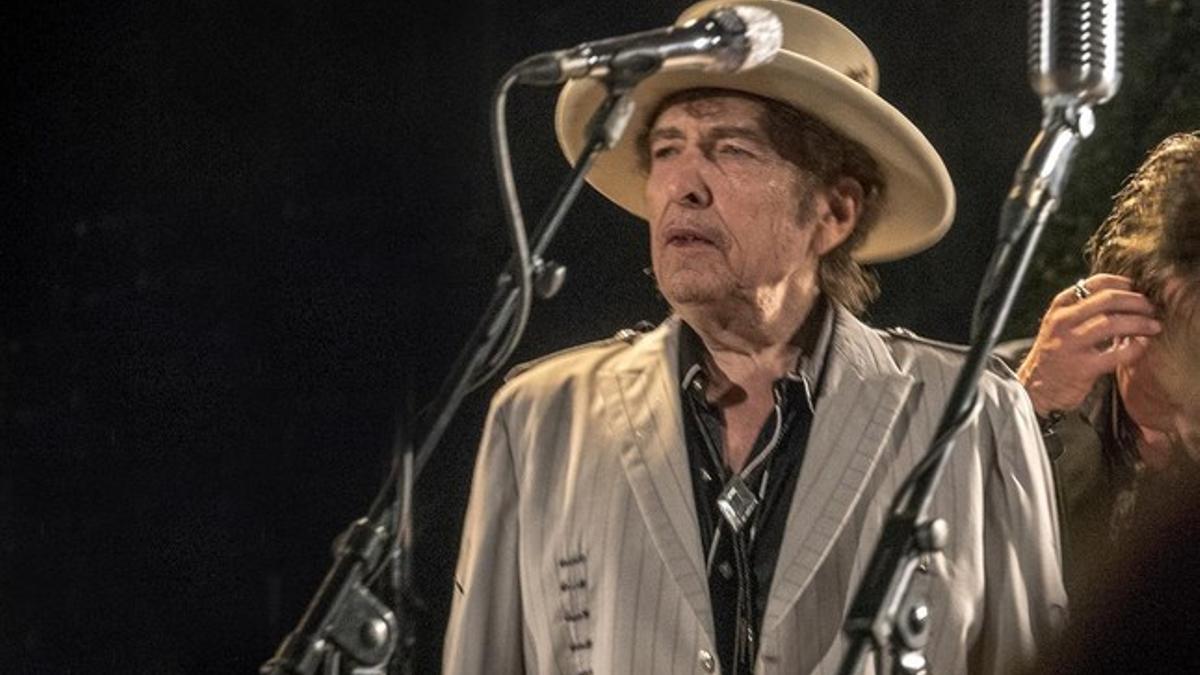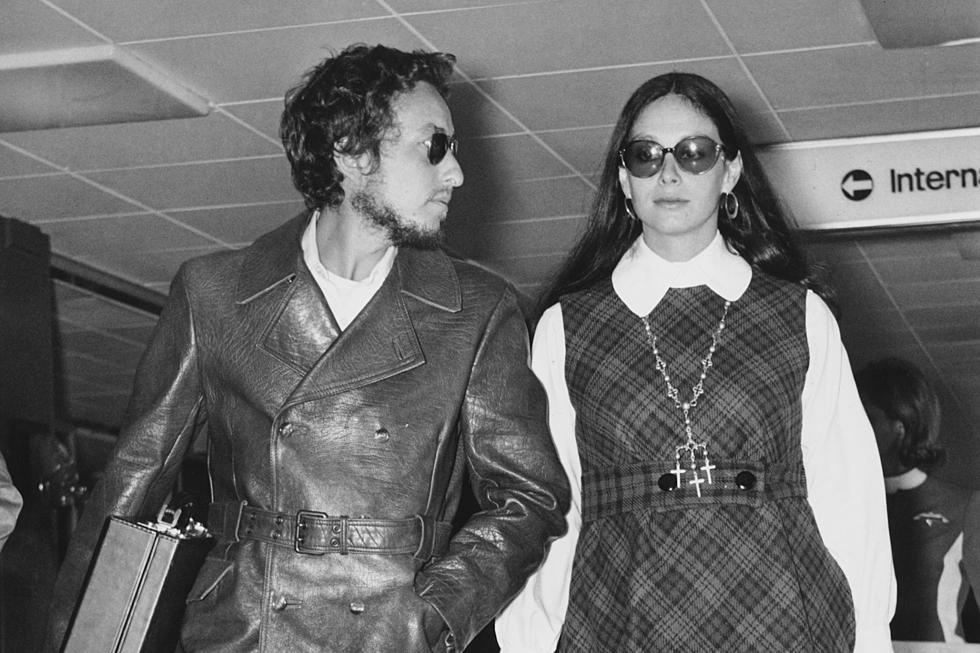

Bob Dylan’s relationship with women over the years has been shrouded in mystery and pretty clear in his songwriting. From tenderly understanding songs like 1963’s “Don’t Think Twice, It’s All Right” to the more cleverly condescending “Sweetheart Like You,” the women in Dylan’s life have consistently played a significant role in his work.
“I’ve always been drawn to a certain kind of woman. It’s the voice more than anything else. I listen to the voice first,” he told Spin in 1985. “A body is a body. A woman could be deaf, dumb, crippled and blind and still have soul and compassion. That’s all that matters to me. You can hear it in the voice.”
Whether or not it was her voice that did the trick, Dylan’s first wife, Sara Lownds, captured something in him. Born Shirley Marlin Noznisky, Lownds had moved to New York City in 1959, married magazine photographer Hans Lownds and changed her name to Sara. Sometime around 1964, while her marriage was crumbling, she met Dylan, who was then still romantically linked to fellow folk singer Joan Baez.
Before long, Lownds and Dylan became involved. (It was Lownds, who worked for a time as a secretary for the film-production division of Time Life, who introduced Dylan to D.A. Pennebaker, the director tasked with making Don’t Look Back, a documentary about Dylan’s spring 1965 U.K. tour.) The couple quietly married on Nov. 22, 1965, when Lownds was pregnant with their first child.
Dylan’s tour manager at the time, Victor Maymudes, was surprised. “I asked him, ‘Why Sara?'” he wrote in his biography. “‘Why not Joan Baez?’ Dylan responded: ‘Because Sara will be there when I want her to be home, she’ll be there when I want her to be there, she’ll do it when I want to do it. Joan won’t be there when I want her. She won’t do it when I want to do it.'”
For Dylan, Lownds seemed to offer a sense of domesticity and peace that had become harder and harder to come by as his music grew in popularity. By then, thousands of fans, many of whom had first heard Dylan in the early ’60s, had come to see the singer-songwriter as a guiding light of the era – someone who had all the answers or at least more answers than they had. But some of those fans just as swiftly abandoned Dylan when he plugged in his electric guitar.

The couple attempted to settle down in various parts of the country at first, hoping to elude paparazzi and intrusive fans, but eventually settled in Woodstock, N.Y., the site of Dylan’s infamous motorcycle crash – an incident that significantly shaped his perception of his role in the world, especially as it related to those closest to him.
“Outside of my family, nothing held any real interest for me, and I was seeing everything through different glasses,” Dylan wrote in his 2004 memoir, Chronicles: Volume One. “I had a wife and children whom I loved more than anything else in the world. I was trying to provide for them, keep out of trouble, but the big bugs in the press kept promoting me as the mouthpiece, spokesman or even conscience of a generation … I found myself in Woodstock, vulnerable and with a family to protect.”
Dylan acknowledged that all that pressure wasn’t something Lownds had signed up for. She certainly hadn’t expected it to become so intense. “My wife, when she married me, had no idea what she was getting into,” he wrote. “Me neither, actually, and now we were in a no-win situation.”
As their marriage deteriorated, Dylan continued to work. In 1974, he released his 14th album, Planet Waves, which, at times, pointedly addressed the situation. “You gave me babies, one, two, three, what is more, you saved my life,” he sang on “Wedding Song,” likely referring to Lownds, but simultaneously confronting the idea that he was somehow the voice of a generation. “It’s never been my duty to remake the world at large / Nor is it my intention to sound a battle charge.”

Leave a Reply